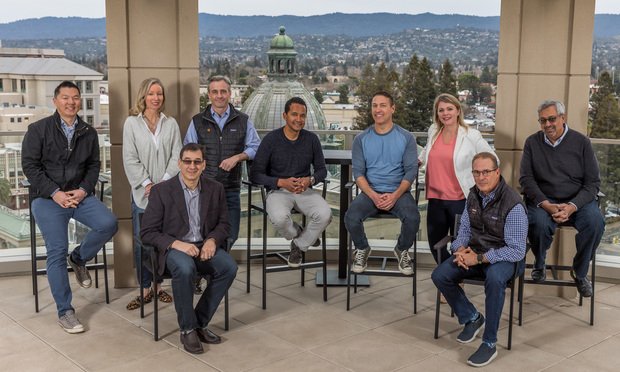So I was walking the woods last week with my friend, a Midwest-based power company executive. His company has laid off 10% of its work force over the past two years and isn’t in the rehiring mode. His firm is into “clean coal”, not wind or solar. While we were hiking basically in the middle of nowhere in upstate New York, he was constantly checking his blackberry for company missives and Yankee news updates, even though we passed through numerous coverage dead zones. We were talking about the economy and my friend was telling me about how the nation’s standard of living was continuing to get better and that job opportunities and wages were increasing.
Now my friend is a smart guy, a tip-top business school grad, who can out duel anyone in any game from poker to Scrabble and Monopoly. He still does his own rather complicated taxes and has built up a sizeable investment nest egg without the help of any financial advisor.
But I had to challenge him on the standard of living issue. Sure I say, the top sliver of workers at your level and above have made out well over the past decade. But the average guy has barely held his own. And if he has a mortgage, car loans, and a credit card balance, he’s now way behind. You kept your job, but your company now has fewer workers, and no one has gotten a pay raise in the past two years. So how is that emblematic of any recent progress? And the government economic statistics clearly show wages and benefits on a flat line to down for most workers over the past decade. And we haven’t even touched on the 10% unemployment numbers or the statistics that suggest that far more Americans are out of work.
Then I pointed to his blackberry. “That little device in your hand has helped eliminate a ton of jobs in offices across the country,” I said. “Secretaries, clerks, receptionists, travel bookers, and on and on.”
“That’s not true,” he said. “Technology is creating many new jobs and opening up new opportunities for many workers.”
“You don’t get it,” I said. “Maybe your exalted level is doing fine, but the average guy isn’t benefiting. What happened to manufacturing workers can now happen to just about any profession.”
Just then we hit a fork in the road. He was going one way and I was going another. Our conversation ended on a high note of disagreement.
Later over after dinner drinks on the porch, the talk picked back up. My friend was busy getting Yankee scores on his blackberry.
“Hey, you know you’re right about the blackberry,” I said. “It is helping create lots of new jobs.”
That got his attention off the Yankees.
“Yeah,” I continued, “It’s creating lots of new jobs and opportunities. Just not in the U.S.A. It’s creating new jobs in lower cost employment regions where analysts, tech support, call center workers or people who can do just about anything on a computer make a lot less than we’re used to here in our country.”
My friend didn’t bat an eye. “That’s true,” he said.
And if you’re a real estate owner waiting for the jobs picture to improve materially, you might take a walk in the woods to help bide your time.
© Touchpoint Markets, All Rights Reserved. Request academic re-use from www.copyright.com. All other uses, submit a request to [email protected]. For more inforrmation visit Asset & Logo Licensing.







